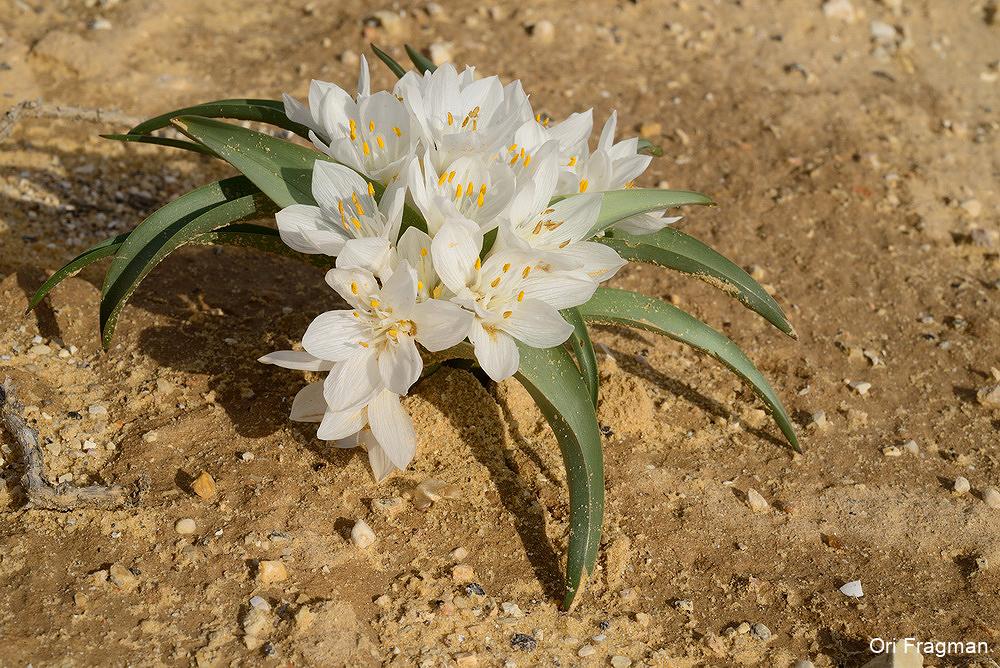Both corm and tuber or bulbo-tuber are used in describing the parts used in these preparations. Both terms refer to underground storage units. A corm is a solid short, vertical, swollen underground stem base, round with a basal plate like a bulb, but flatter in appearance. It is used by some plants to survive adverse conditions e.g summer drought/ heat. A tuber is a short underground stem.
Colchicum genus has some species which may contain the phenethylisoquinoline alkaloid, colchicine. Can cause burning of the mouth & throat, vomiting, diarrhea, liver, kidney, cardiac & neurological problems, blood disorders, shock, organ failure & death. Very contraindicated in patients with any of the above problems & in pregnancy. May cause fetal abnormalities.

